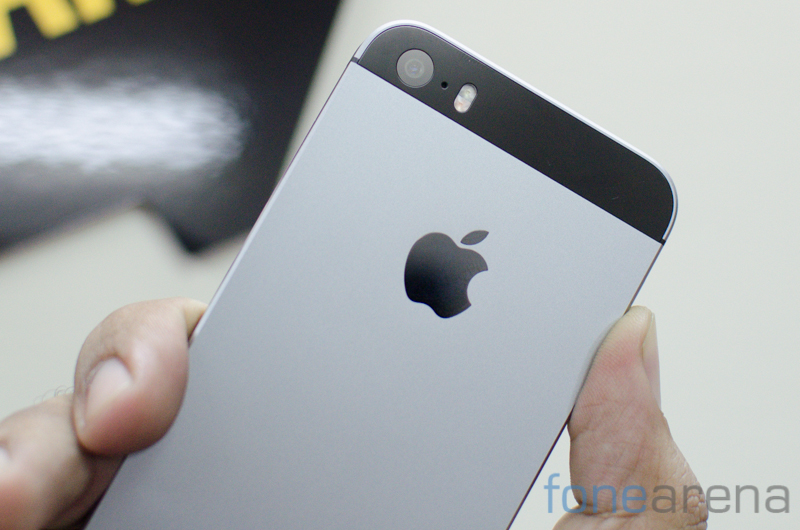
Indian smartphone market grew by 12 per cent year on year with 24.4 million units shipped in the Q1 of 2016, according to a new report by Canalys. Apple and Lenovo have become the fastest growing smartphone vendors in the country.
There was no change in top five smartphone players – Samsung, Micromax, Intex, Lenovo and Lava. The report said Lenovo grew the most due to its value-for-money handsets and offline channel strategy, with shipments going up 63% during January to March quarter of this year. Meanwhile, Apple might be in the eight spot in the Indian smartphone market but the company’s shipments grew 56% making it the second fastest smartphone maker from among the top 10 vendors.
Wilmer Ang, Canalys Mobility Analys, said,
Apple is outperforming the overall market in India, and still has great growth potential. But Apple’s growth could be short lived. The 5s success in India has more to do with affordability of a premium brand than a preference for smaller phones, and the move to the more expensive SE will discourage buyers. Also, the recent government regulation curbing discounts on smartphones sold by online platforms will affect demand.
The report further stated that Apple is challenging Samsung’s dominance of the premium segment. Samsung’s market share fell from 66% in Q1 2015 to 41% in Q1 2016 for devices priced over Rs 20,000) while Apple grew its market share from 11% to 29%. Apple’s successive price for the iPhone 5s also helped it become the most popular Apple device on the market, despite its smaller screen and outdated hardware. Giving insights about Micromax, Canalys said the company is facing challenges with key executives leaving. Its market share fell by a couple of percentage points to 16.7% in Q1 2016.
Ishan Dutt, Research Analyst at Canalys said,
Over the past 18 months, India’s smart phone market has been rocked by dramatic changes. The rise of online channels, the arrival of new international vendors (particularly from China), the move to LTE and the desire for higher-quality devices have all had a big impact. Indian companies have struggled as incoming vendors have been quicker to address these trends.
